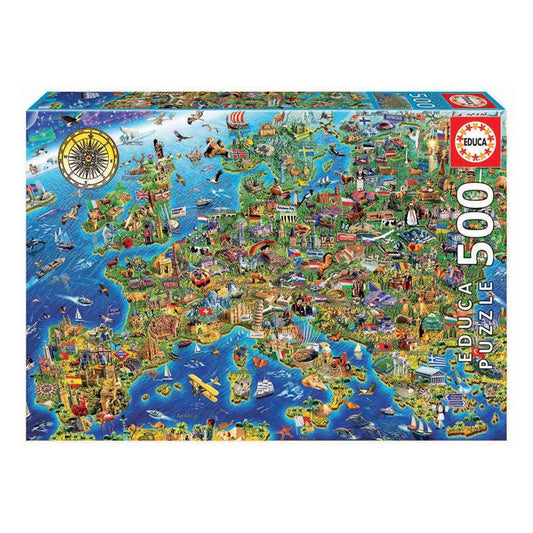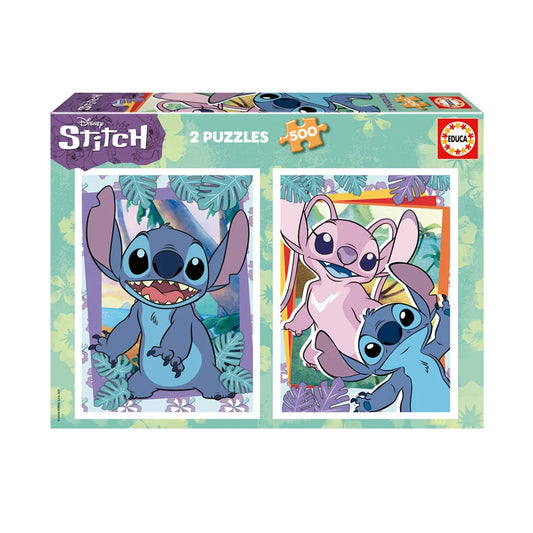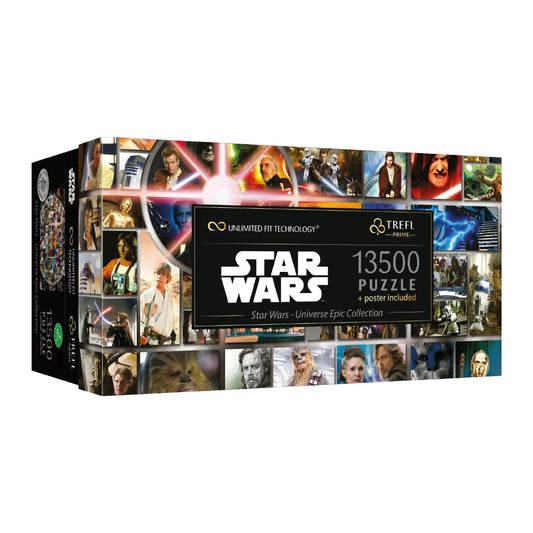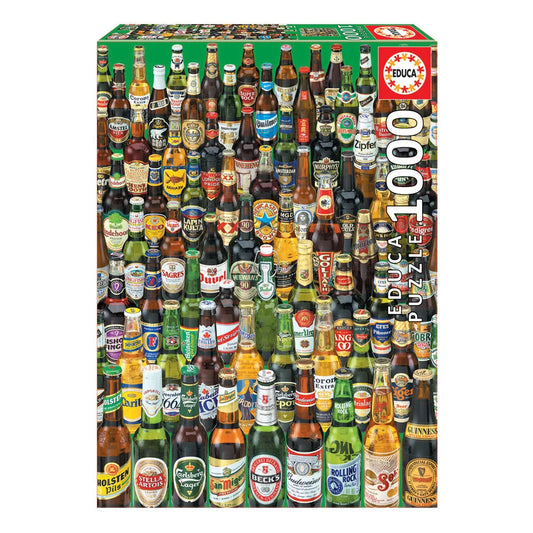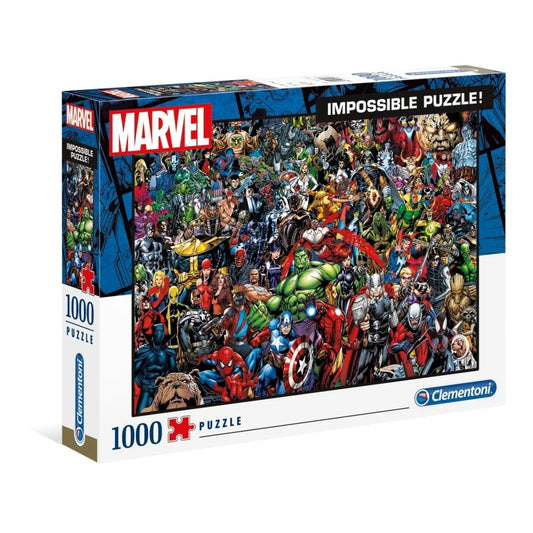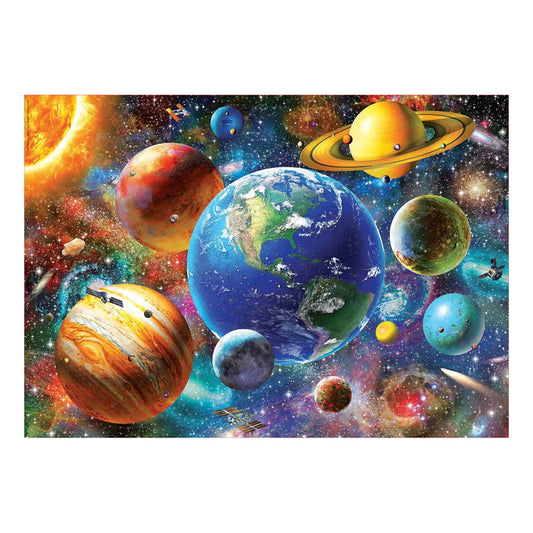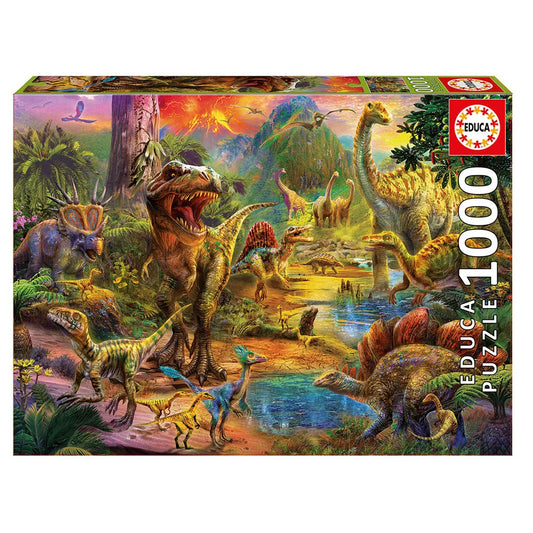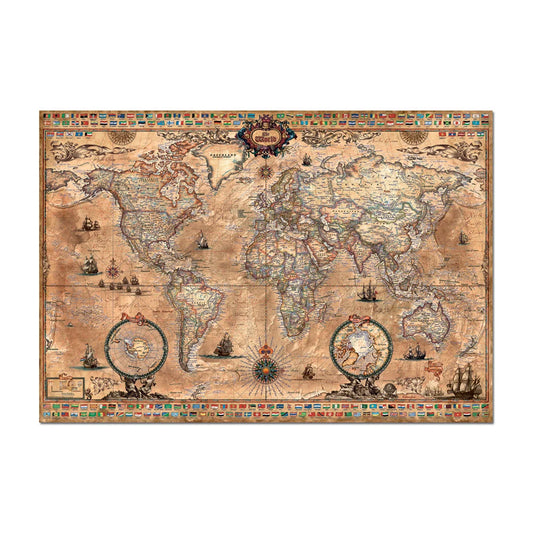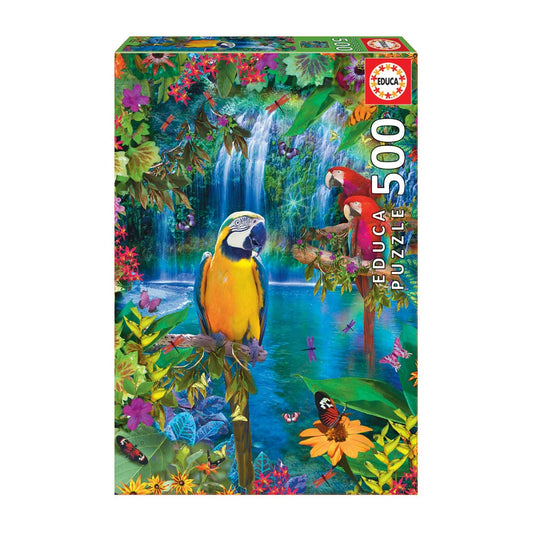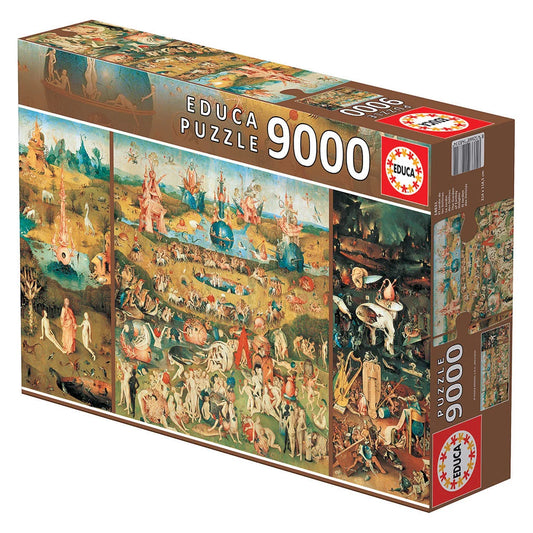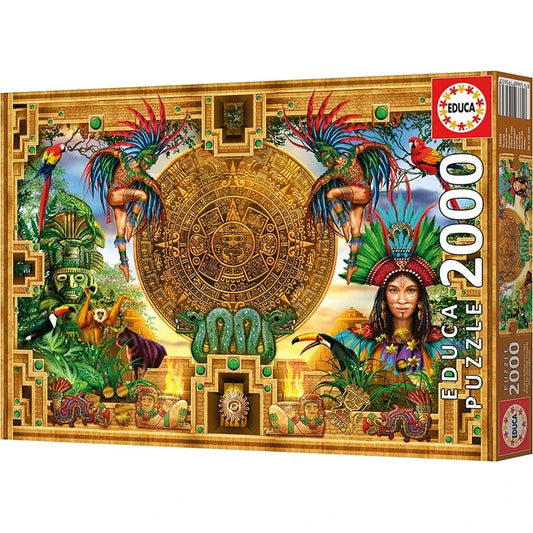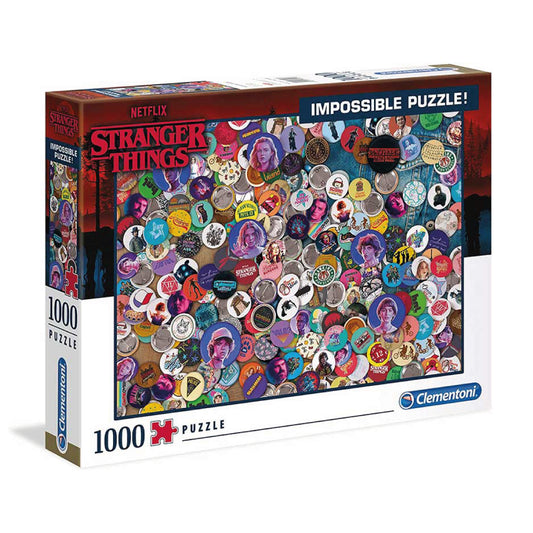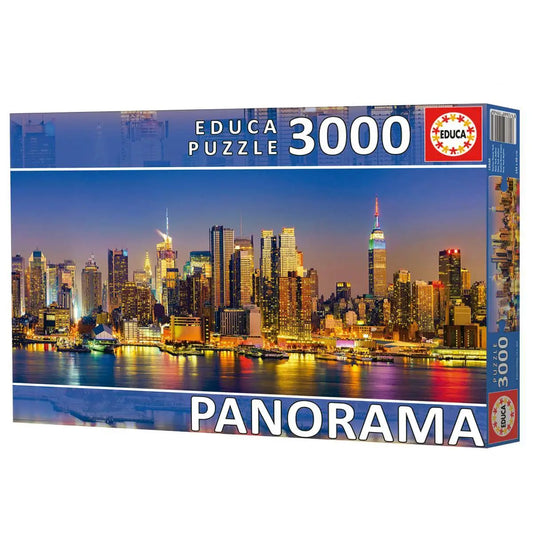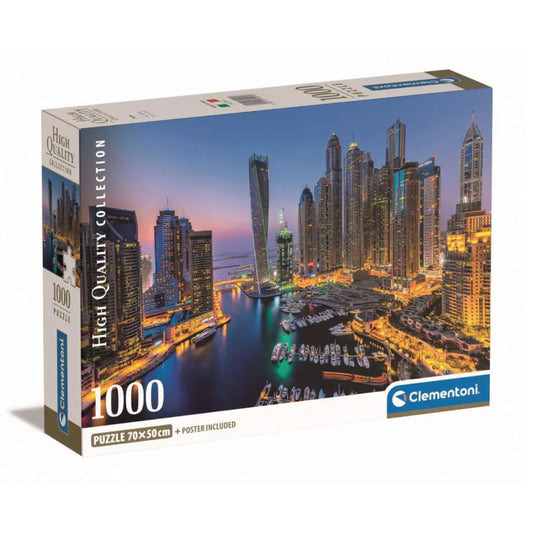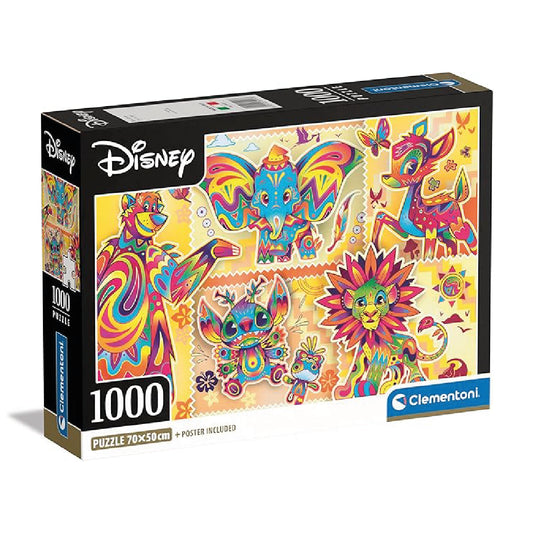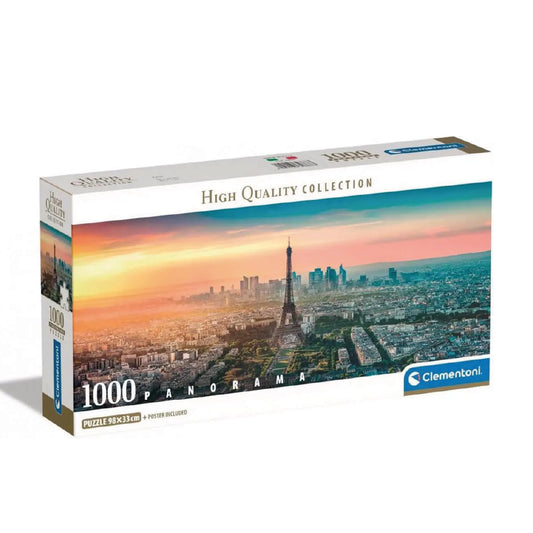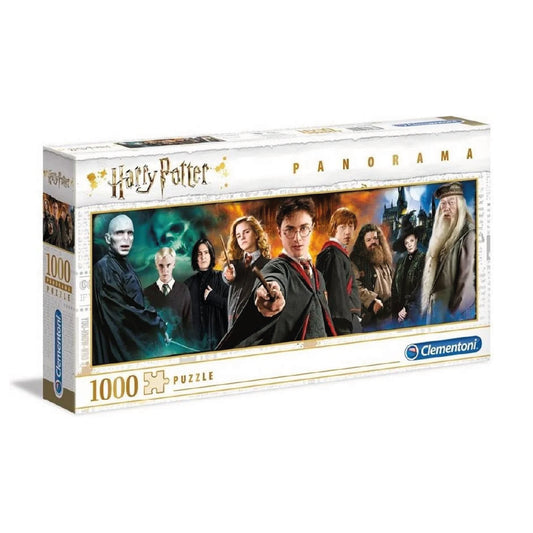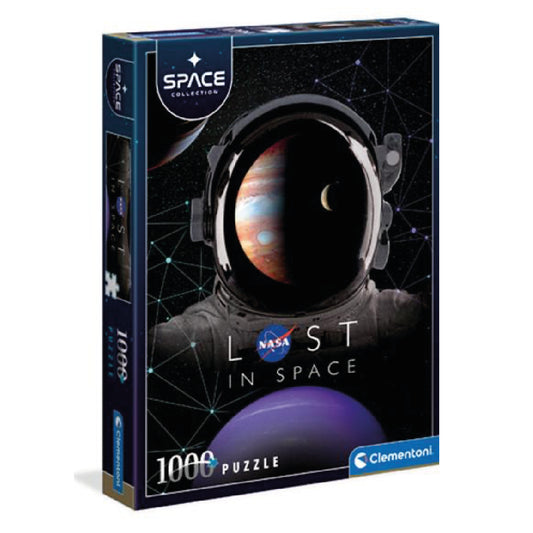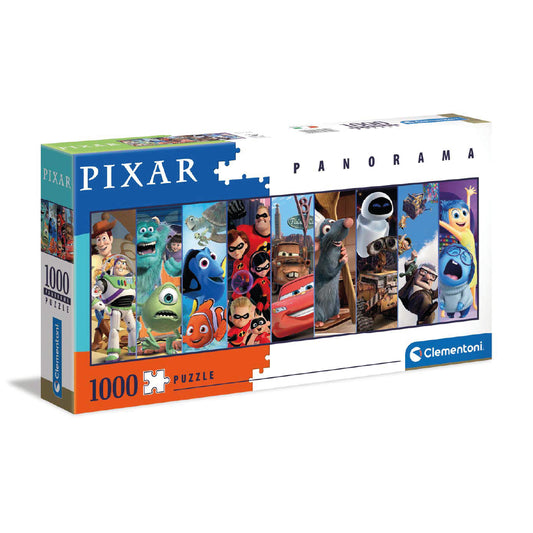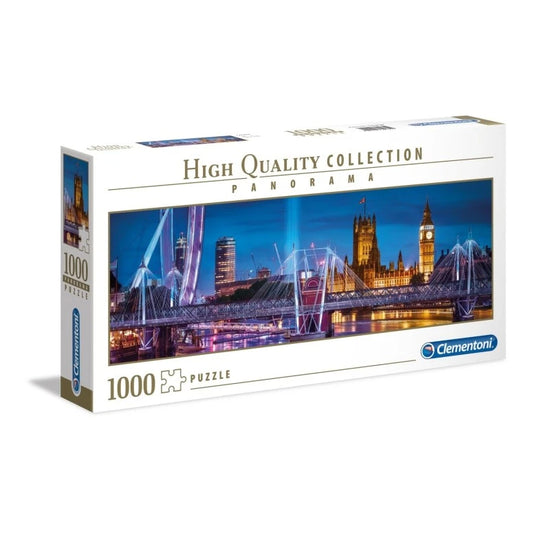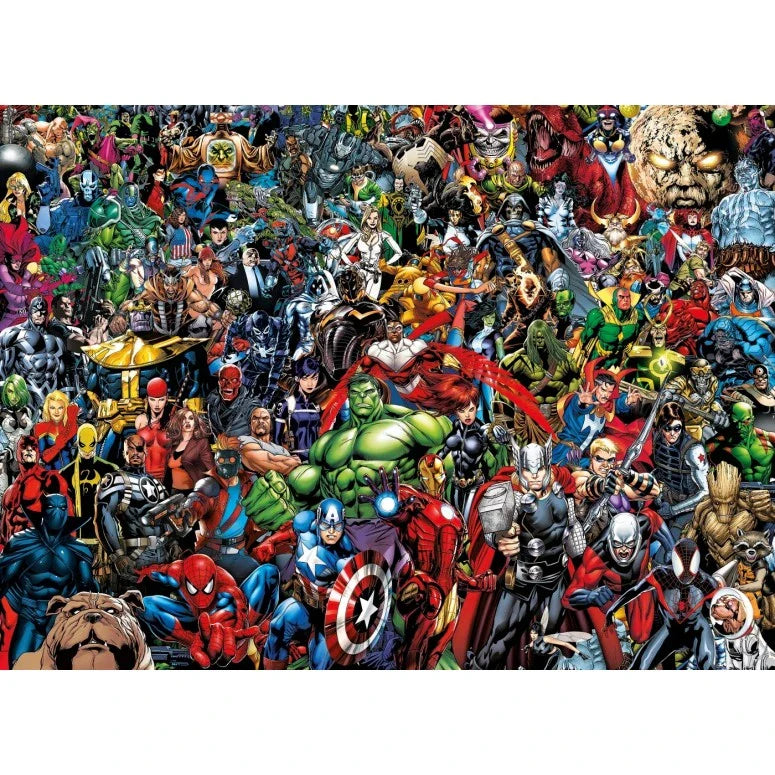
How to turn your photos into unique challenges
Remember that epic photo from your last family vacation, where everyone managed to smile at the same time and no one closed their eyes? Or that perfect image of your dog making that "I didn't eat the slippers" face? What if I told you you could turn those memories into personalized puzzles that will take a lot more work to put together than taking the original photo?
Custom puzzles represent the natural evolution of the "do-it-yourself" concept applied to the world of puzzles. It's as if you're taking your most precious memories and transforming them into an interactive experience that can last hours, days, or—let's be honest—weeks, depending on the complexity of the image you've chosen.
It's not just nostalgia in puzzle form; it's a whole new way to experience your own photographs, discovering details you don't even remember capturing.
Why Custom Puzzles Are the Next Level
The magic of rediscovering your own memories
Making a jigsaw puzzle out of your own photo is a strangely meta experience. As you search for that specific piece of your mother's smile or the blue sky on vacation, you're literally reconstructing memories pixel by pixel. It's like being an archaeologist of your own experiences.
Plus, there's something deeply satisfying about transforming digital moments into something physical and tangible. In an age where we have thousands of photos buried deep within our phones, creating a personalized puzzle is like breathing new life into a special image.
The gift no one expects (but everyone loves)
When you give a personalized puzzle, you're not just offering a pastime—you're creating a unique experience. It's the kind of gift that makes people say, "No one has ever given me anything like this before," and actually talk about it for years.
It is particularly powerful for:
- Grandparents and grandchildren : imagine the grandmother's face when she receives a puzzle with a photo of the whole family
- Couples : that wedding proposal photo becomes an activity to do together
- Friends : Epic senior trip photo turns into nostalgic reunion
How to choose the perfect photo for your custom puzzle
Technical features that make all the difference
Not all photos are meant to be puzzles. Some characteristics make an image ideal for personalization:
High resolution : Minimum 300 DPI for quality puzzles. That pixelated Facebook photo won't translate well to a 1,000-piece puzzle.
Good lighting : Photos with clear contrasts and good light distribution make puzzles easier to solve.
Varied composition : Images with different textures, colors and elements are more interesting and less frustrating to assemble.
No uniform backgrounds : Avoid photos with large areas of blue sky or white walls — you'll hate yourself later.
The types of photography that work best
Group portraits in natural settings : The variety of faces, clothing, and natural backgrounds creates interesting visual complexity.
Landscapes with details : That photo of the mountains with the tiny village in the valley? Perfect. Cloudless blue sky? Terrible.
Urban photography : Busy streets, markets, festivals — the visual clutter that is chaotic in a photo becomes challenging in a puzzle.
Pets in Action : The animals' textured fur and facial expressions create surprisingly satisfying puzzles.
Pitfalls to avoid
Selfies with excessive filters : Filters can create artificial gradients that are nightmares in puzzle form.
Too-dark photos : That artsy, moody photo might look pretty in a frame, but it'll make you question your sanity when you're editing it.
Images with a lot of text : Photographs of posters or books can be confusing because the brain tries to read rather than focus on the shapes.
Very old photos with degraded quality : Nostalgia is beautiful, but degraded pixels don't make functional puzzles.
The creative process: from idea to reality
Image preparation
Before uploading your photo, it's worth making some basic adjustments:
Enhance Contrast : Slightly increases the contrast so that details are more distinct in the final puzzle.
Adjust saturation : Slightly more vibrant colors make the puzzle more visually appealing.
Check the orientation : Puzzles work best in landscape (horizontal) format — there's more variety in the layout of the pieces.
Strategic Crop : Remove unnecessary elements that may create problem areas (such as large uniform areas).
Choosing the ideal size
The number of pieces dramatically affects the experience:
100-300 pieces : Ideal for children or quick puzzles. Good for photos with few details.
500 pieces : The sweet spot for most family photos. Challenging but not frustrating.
1000 pieces : For highly detailed pictures and experienced puzzlers. Will take several sessions.
1500+ pieces : Only for masochists or exceptionally detailed photos.
Cut quality and material
Not all custom puzzles are created equal:
Quality cut : Pieces that fit perfectly without being too tight or too loose.
Durable cardboard : Material that does not deteriorate with repeated handling.
High-quality printing : True-to-original colors and sharp details.
Matte finish : Reduces reflections and makes it easier to see details.
Creative ideas for unique custom puzzles
For special occasions
Marriage Proposal Puzzle : Create a puzzle of your first photo together and hide the ring in a special box. She can only open it when she completes the puzzle.
Wedding anniversaries : A puzzle featuring a photo from your wedding day, for you to recreate memories as you put it together.
Graduations : The ceremony photo becomes an activity for the whole family to celebrate.
Children's birthdays : A puzzle from last year's party while they wait for this year's party.
Unique family projects
Family Tree Puzzle : Create a collage with photos from multiple generations of your family.
Map of your adventures : An aerial photo of the places where you lived or traveled together.
Before & after : Divide the puzzle in half — half shows an old photo, half a recent one.
Progressive Puzzle : Create a series of puzzles that tell a story over time.
For companies and events
Corporate team building : Team photo puzzle for group activities.
Fundraising Events : Local landmark puzzles to sell at community events.
Clubs and associations : Photos of memorable events turned into puzzles for members.
Common mistakes that will ruin your puzzle
Unrealistic expectations about difficulty
Just because it's your photo doesn't mean it'll be easy to put together. Often, familiarity with the image can actually make the puzzle more difficult, because you tend to look for specific elements rather than focusing on the shapes and colors of the pieces.
Choose photos sentimentally, not technically
That blurry but emotional photo of your baby's first steps may be precious to you, but it will be a nightmare to put together. Separate emotional value from technical accuracy.
Not considering who will assemble the puzzle
A 1,000-piece puzzle of a complex photo may be too challenging for grandparents or children. Always consider your target audience.
Ignore required space
Large puzzles require dedicated space. There's no point in creating a 2,000-piece puzzle if you don't have a table large enough to assemble it.
How to make the experience even more special
Custom packaging
Many services also allow you to customize the puzzle box with text, important dates, or a specific design. It's the finishing touch that transforms a gift into something truly memorable.
Creating family traditions
Establish annual rituals: a new puzzle every Christmas, a summer vacation puzzle, or a birthday puzzle. These are traditions that create memories within memories.
Document the process
Photograph the puzzle's progress—from the first piece to completion. Create an album that showcases both the original photo and the process of reconstructing it.
Preserve the result
Once completed, consider gluing the puzzle together and framing it. It becomes a personalized piece of art with a dual story.
The psychological aspect of personal puzzles
Heightened emotional connection
Working on a puzzle of your own photography creates a deeper emotional connection than any commercial puzzle. Each piece represents not just a part of the image, but a part of your story.
Nostalgic meditation
The process becomes almost meditative—as you search for pieces, your mind wanders through memories associated with the photo. It's therapy disguised as entertainment.
Creating new memories
Ironically, the process of piecing together a puzzle from an old memory creates new memories. People remember both the original photo and the experience of reconstructing it.
Conservation and durability care
During assembly
Protect the surface : Use a puzzle mat or suitable surface that protects both the pieces and the table.
Controls humidity : Excess humidity can warp cardboard pieces.
Avoid direct sunlight : Colors may fade during prolonged sessions.
After completion
Professional gluing : If you want to preserve the puzzle, use specific puzzle glue.
Suitable framing : Choose frames that protect against moisture and UV light.
Careful storage : If you are not going to glue the pieces together, store them in an airtight container.
Conclusion: your memories deserve this special treatment
Custom puzzles are more than just personalization—they're a way to breathe new life into your most precious memories. They transform captured moments into interactive experiences that can be shared, relived, and preserved in a completely unique way.
It's not just about putting pieces together; it's about rebuilding memories, creating new family traditions, and transforming forgotten digital photographs into memorable physical experiences.
If you have a special photo that deserves this unique treatment, explore our custom puzzle options at the Puzzles Store . From intimate family puzzles to epic group challenges, we help you transform your memories into puzzles that will create even more memories.
Because the best stories deserve to be told piece by piece, memory by memory.

